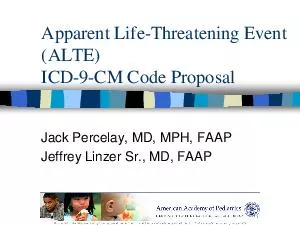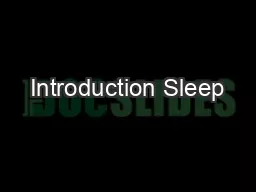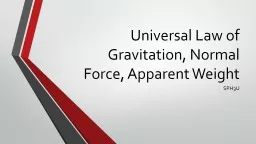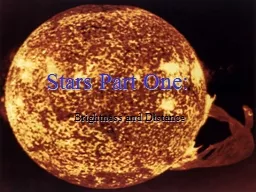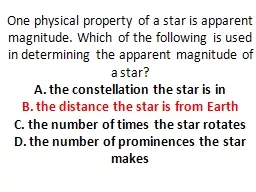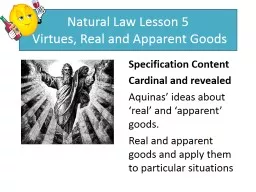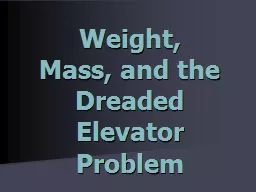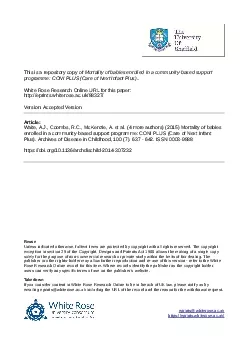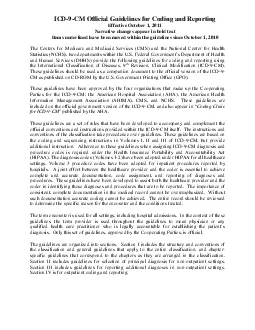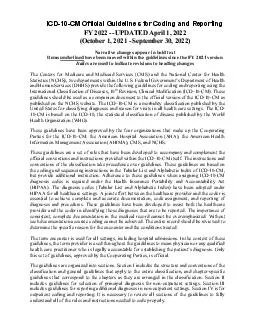PDF-Apparent LifeThreatening Event (ALTE)ICDCM Code ProposalJack Percelay,
Author : tatyana-admore | Published Date : 2015-08-25
OverviewALTE definitionEpidemiologyVariability in clinical approachNeed for an evidence basisLimitations of proxy codes ALTE definedan episode that is frightening
Presentation Embed Code
Download Presentation
Download Presentation The PPT/PDF document "Apparent LifeThreatening Event (ALTE)ICD..." is the property of its rightful owner. Permission is granted to download and print the materials on this website for personal, non-commercial use only, and to display it on your personal computer provided you do not modify the materials and that you retain all copyright notices contained in the materials. By downloading content from our website, you accept the terms of this agreement.
Apparent LifeThreatening Event (ALTE)ICDCM Code ProposalJack Percelay,: Transcript
Download Rules Of Document
"Apparent LifeThreatening Event (ALTE)ICDCM Code ProposalJack Percelay,"The content belongs to its owner. You may download and print it for personal use, without modification, and keep all copyright notices. By downloading, you agree to these terms.
Related Documents

